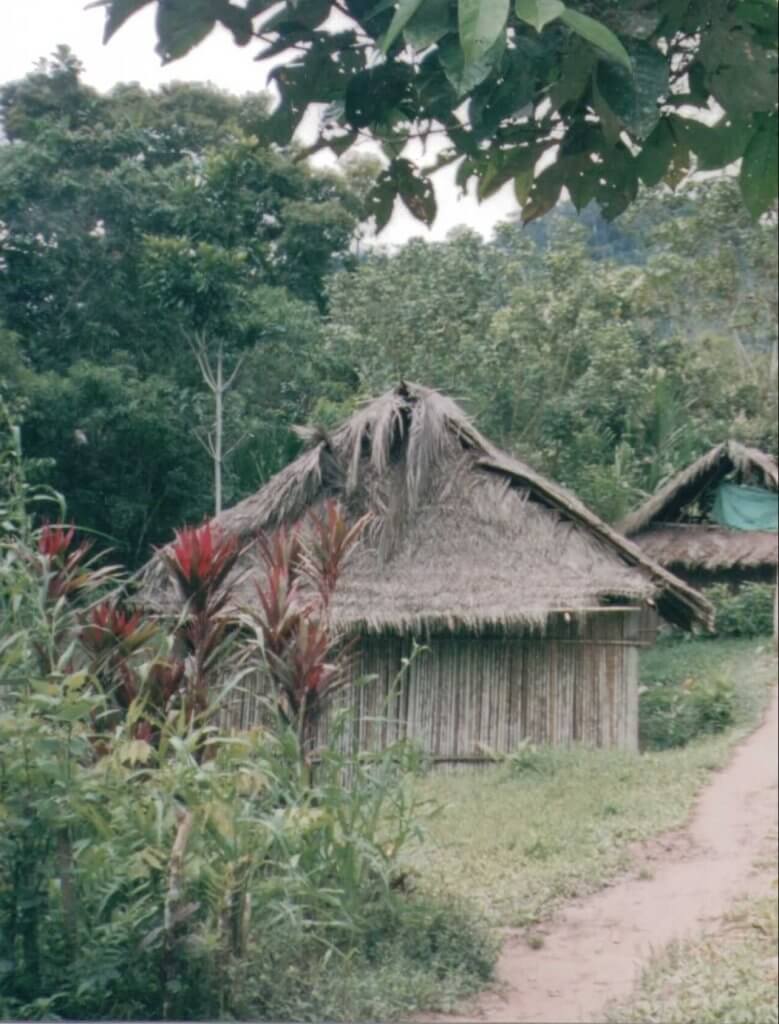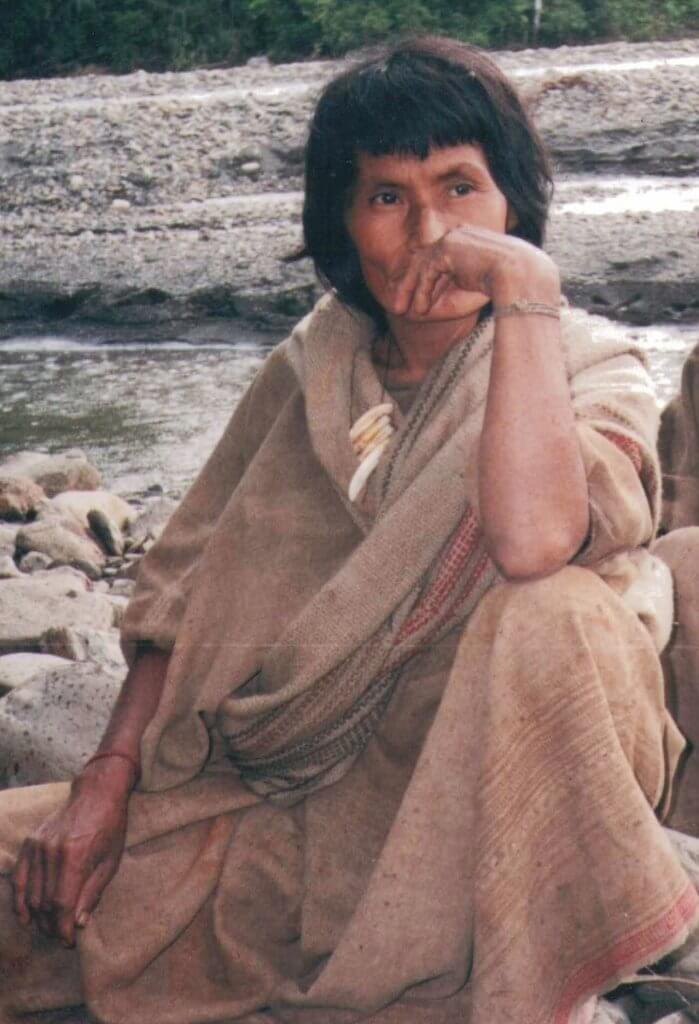What Makes Indigenous Peoples Conserve or Degrade Biodiversity?
We need to fully acknowledge the complex, multidimensional, and changing environmental behavior of indigenous peoples

When we attempt to understand what drives indigenous peoples to conserve or degrade biodiversity, we must avoid essentializing their environmental behavior, and recognize their complex, multidimensional, and changing social nature.
The significant variation in indigenous environmental behaviors across different settings can be influenced by many factors, and each individual factor can be the most influential in a given setting.
However, the specific relevance of a given factor is likely to vary from one context to another.
Such variability requires the adoption of an approach that is flexible enough to explore many potentially influential aspects, assess the interplay among them, define priorities according to the particular conditions of each setting, and organize all this information in a coherent manner.
For that, we require an analytical framework that allows the inclusion of many influential factors in different combinations and with varying degrees of relevance, including material conditions, socioeconomic processes, and cultural factors.
A powerful analytical instrument is the ethnographic application of the root-cause analysis framework (Steadman-Edwards 1998; Wood et al. 2000).
This framework allows for the articulation of different types of information, levels of analysis, and insights from multiple theories and paradigms, based on their explanatory capacity, and, as needed, the particular conditions of each setting. It offers the means to identify and differentiate between the root causes, the intermediate causes, and the proximate causes of variations in environmental outcomes and processes.
Root-cause analysis also provides a high level of flexibility when identifying the most influential aspects that shape the indigenous environmental behaviors in each setting.
These potentially influential factors should be also analyzed to take into account the historical processes associated with each setting. The introduction of a historical dimension also provides an analytical perspective for the interplay between the multiple factors identified as influential in the environmental behaviors of indigenous groups, and helps define their relevance in each context.

Historical processes have been addressed by the subfield of historical ecology (Crumley 1994; Balée 1995), which focuses on the, “diachronic analysis of living ecological systems, with the view to accounting more fully for their structural and functional properties” (Rival 2006: 79), while also addressing the links between the spatial and the temporal features of “historical landscapes” (Balée and Erickson 2006; 1).
Regardless of the approach we use, one thing is clear: the factors that shape indigenous environmental behaviors should not be predetermined based on rigid models or theoretical traditions. They need to be identified by taking into account the specific circumstances of each setting.
To do that, and achieve greater environmental conservation success, we need to move past theories, models, and formulas; we need to gather empirical information, and we should let the data be our primary guide in this analytical process.
These topics are explained in greater detail in the book “Indigenous Peoples and Tropical Biodiversity: Analytical Considerations for Conservation and Development.”
References
Balée, William. 1995. Historical Ecology of Amazonia. In Indigenous Peoples and The Future of Amazonia: An Ecological Anthropology of an Endangered World. Leslie Sponsel, ed. Pp. 97-110. Tucson: University of Arizona Press.
Balée, William and Clark Erickson, eds. 2006. Time and Complexity in Historical Ecology: Studies in the Neotropical Lowlands. New York: Columbia University Press.
Crumley, Carole, ed. 1994. Historical Ecology: A Multidimensional Ecological Orientation. In Historical Ecology: Cultural Knowledge and Changing Landscapes. Pp. 1-16. Santa Fe, NM: SAR Press.
Rival, Laura. 2006. Amazonian Historical Ecologies. The Journal of the Royal Anthropological Institute 12 (1): 79-94.
Stedman-Edwards, Pamela. 1998. Root Causes of Biodiversity Loss: An Analytical Approach. Washington, DC: World Wild Fund for Nature.
Wood, Alexander, Pamela Stedman-Edwards and Johana Mang, eds. 2000. The Root Causes of Biodiversity Loss. Sterling, VA: Earthscan Publications.


